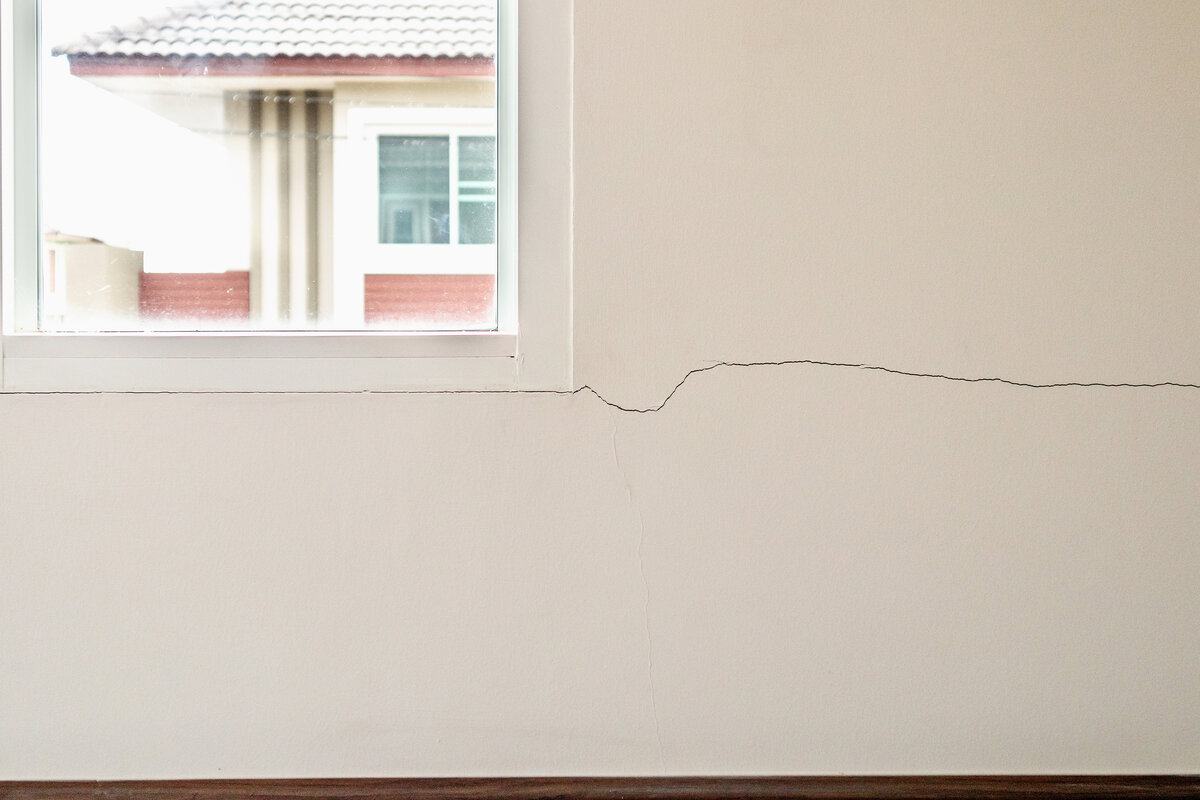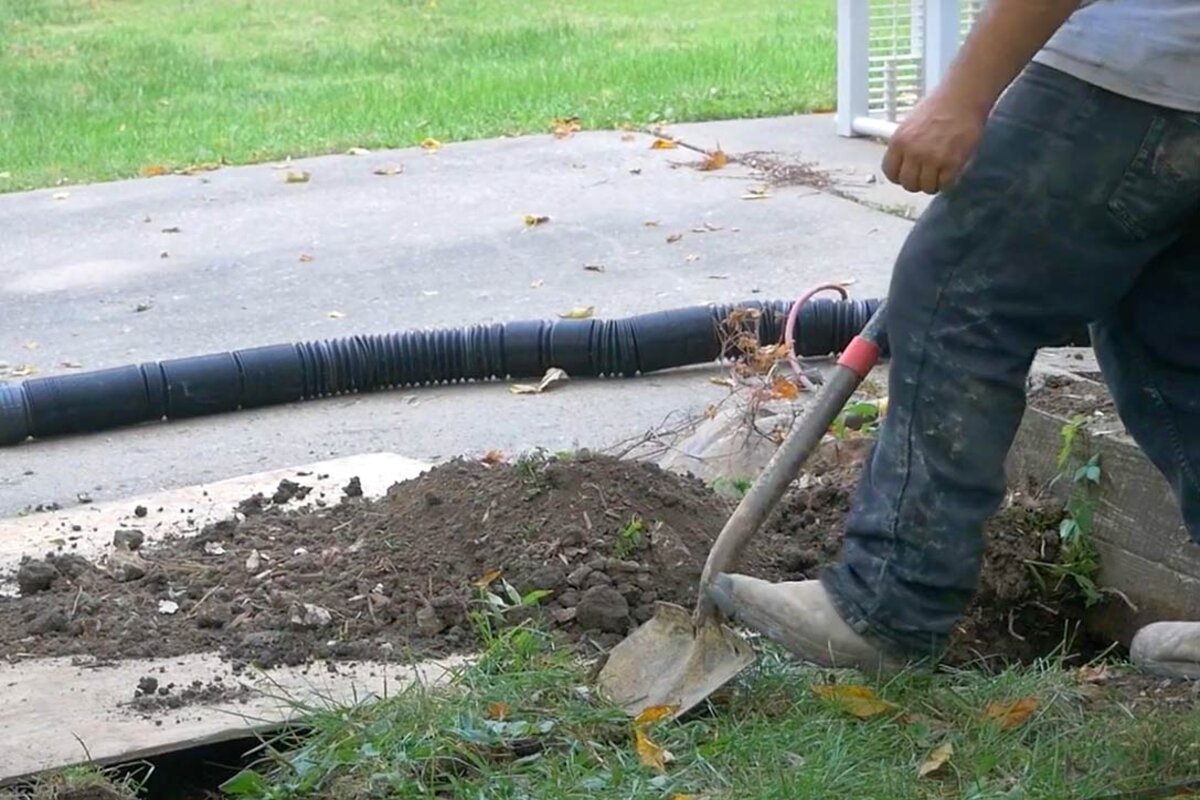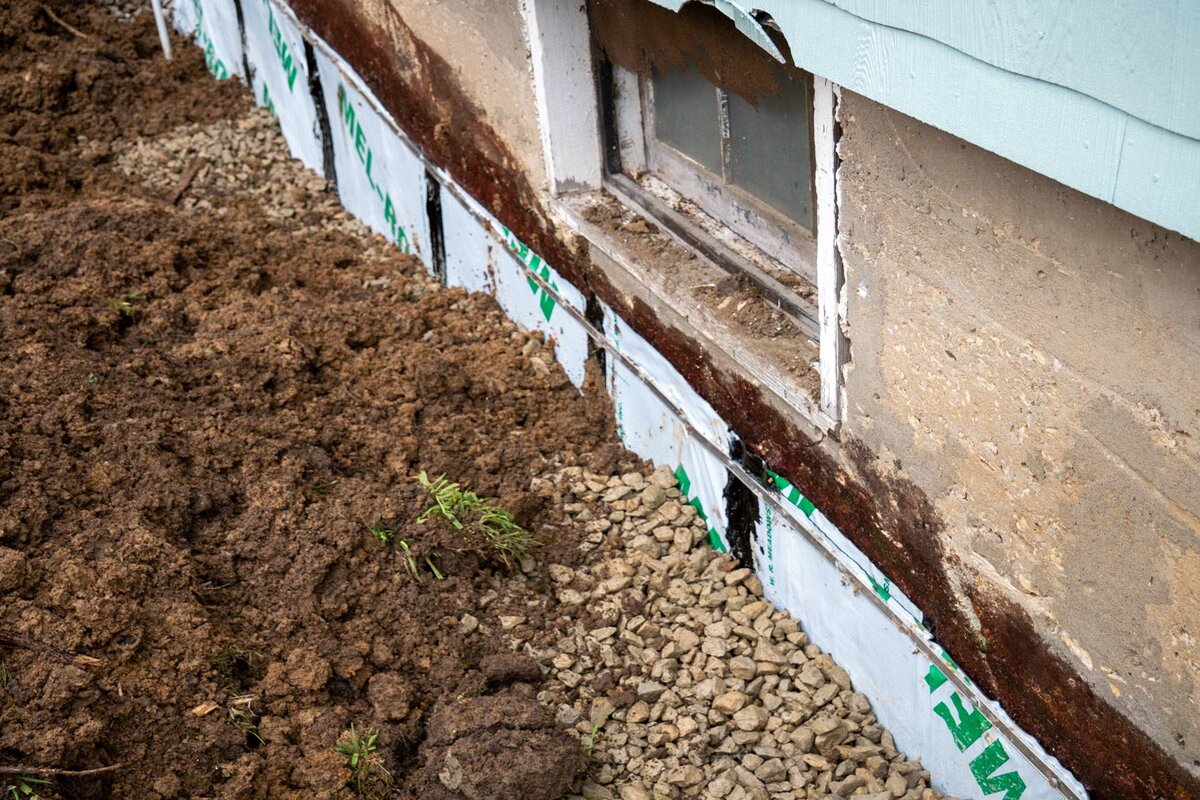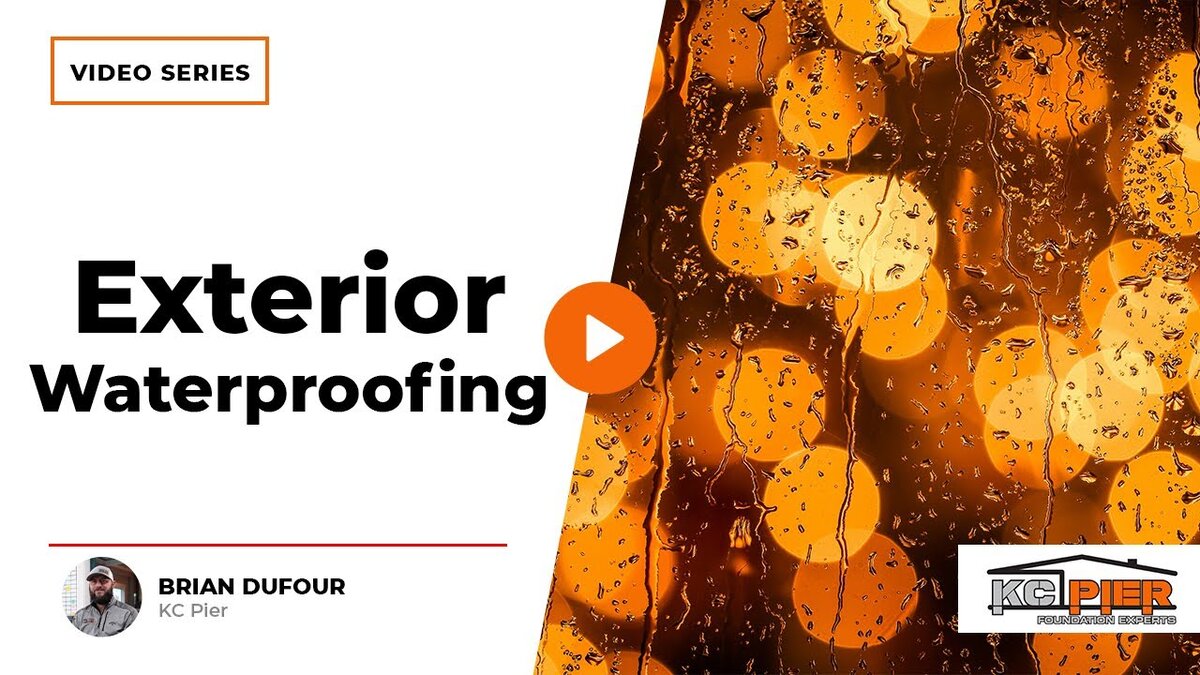Damp clay soil poses a significant concern, particularly in regions prone to moisture infiltration, such as Kansas City. Understanding the intricacies and potential outcomes associated with having damp clay soil under your house is crucial for safeguarding your property investment and ensuring the long-term structural integrity of your home.
Understanding Hydrostatic Pressure and Its Effects
Hydrostatic pressure is a term used in both the foundation and structural worlds to describe the force exerted by water when it accumulates against a surface. In the context of houses built on damp clay soil, this pressure arises from the expansive nature of the soil. For instance, if your property has a slope directing water towards the house or if the soil underneath the foundation remains consistently moist, it can lead to soil expansion and consequent pressure buildup.
Identifying Signs of Damp Soil Underneath the Foundation
One of the primary indicators of damp soil beneath your house’s foundation is the appearance of cracks. These cracks typically manifest in straight lines, whether vertical or horizontal, across surfaces like sheetrock or ceilings. Additionally, you may notice unevenness in your floors, resembling humps, which can also signify soil expansion underneath. Raised posts in the basement are another telltale sign of soil moisture issues.
Solutions to Damp Soil Underneath the Foundation
Fortunately, several solutions exist to address damp soil concerns. Drain systems can be installed to alleviate water accumulation. Internal drain systems, for instance, can effectively divert water away from the foundation. By channeling water towards a sump pump, these systems prevent moisture from accumulating beneath the slab floor, mitigating the risk of soil expansion and structural damage.
Benefits of Water Management System
Implementing a water management system offers numerous benefits beyond preventing soil dampness. By effectively managing water flow, these systems help maintain the integrity of your home’s foundation, avoiding costly repairs in the long run. Moreover, they contribute to a healthier indoor environment by reducing the risk of mold and mildew growth associated with damp conditions.
Long-term Effects of the Repair
Once a water management system is in place, the long-term effects are remarkable. Not only does it prevent further damage by stabilizing the soil moisture levels, but it also facilitates the gradual leveling of the house. Over time, you’ll notice the structure returning to its original state, effectively ‘healing’ itself without the need for extensive repairs to beams or posts.
In Summary
Having damp clay soil under your house can indeed be a cause for concern, but it’s not without solutions. By identifying the signs early on and implementing effective water management systems, you can safeguard your home against the detrimental effects of soil moisture. Remember, investing in long-term solutions like these not only ensures the structural integrity of your house but also provides peace of mind for years to come.
If you suspect issues with damp soil under your house, don’t hesitate to contact us for expert advice and solutions tailored to your needs.






